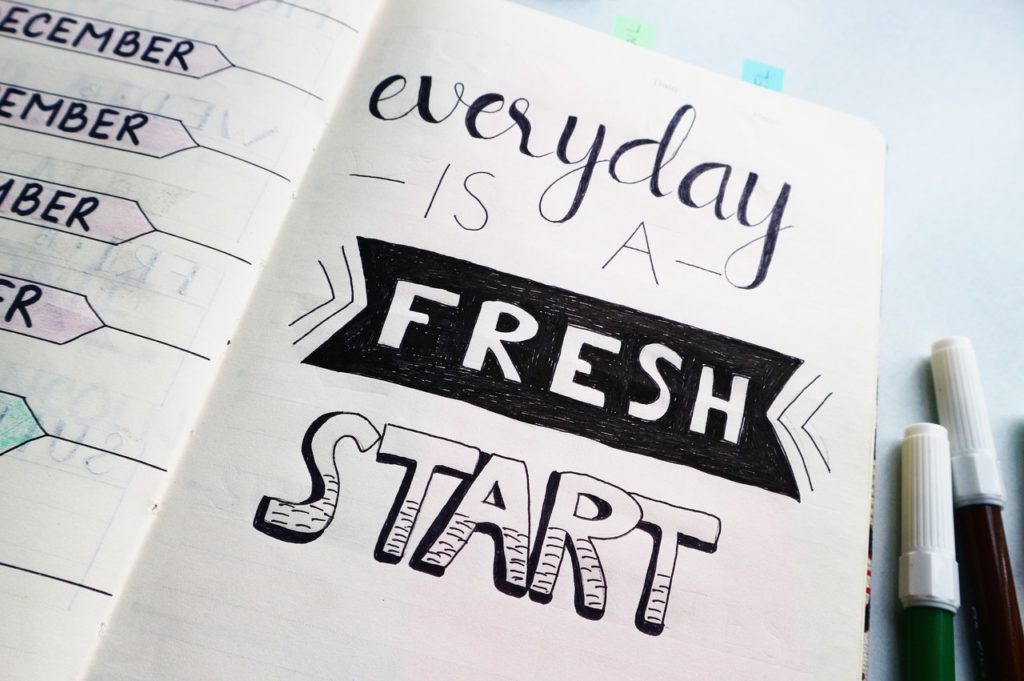No products in the cart.
Posts
High Hopes for The New Year
I can’t imagine that there’s ever a good time to have a pandemic, but for work-based learning, the timing could not have been worse. Half of the states in the US had recently selected work-based learning as a quality indicator for their Perkins plans. And, had just started to focus some real attention (and resources!) on the topic. And right when we started to see a little momentum in the field, we’re hit with lockdowns that prevent young people from entering the workplace – and in many cases, even from entering their own schools.
But the past few months have been like a breath of fresh air. Doors are opening and masks are coming off! And now that we’re (fingers crossed) on the tail end of this situation, work-based learning has the potential to absolutely explode.
Perkins requirements haven’t changed for the states, and they’re anxious to start seeing some real activity and tracking some real results. In terms of employer interests, this may be one of the most receptive audiences I’ve seen in 20 years. Not only are those Baby Boomers still retiring from their skilled positions at a record pace, but we’re seeing younger workers reluctant to return. Employers in almost every industry are truly desperate for skilled and capable workers, and very much understand that they need to cultivate their own pipeline – a process that starts before people enter the workforce.
As we get ready for the new school year, here are a few ideas for launching at full speed:
- Spend the summer reaching out to employers to discuss placements for your kids. Be sure they understand what your students can and cannot do: They’re there to learn first and foremost, not to replace someone. But that said, they can provide some level of relief in the current hiring crisis. Remind employers that this is a longer-term proposition, that it’s a way to build a pipeline that can result in new hires but that it may take some time for students to graduate and be eligible.
- Understand that some students or employers may still need accommodations. Masks are a thing of the past for most of us, but some states still carry some restrictions, and some students in higher-risk categories may need to maintain a level of protection. Consider keeping some virtual options open, such as virtual guest speakers, virtual site visits and student-based enterprises.
- Before starting new WBL activities, take the time to ask employers what, if anything, has changed in their industries, and particularly in the kinds of positions that will be available to students in the future. Has the pandemic changed hiring requirements (safety training, etc.)? Has it accelerated a move to automation? Be sure that the work students are going to be doing is truly relevant to the positions they’ll explore down the road.
I do feel like things are breaking wide open for WBL. I’ll be excited to see how the new year plays out!
Brett Pawlowski is Executive Vice President of the National Center for College and Career (NC3T) (www.nc3t.com). NC3T provides planning, coaching, technical assistance, and tools. These strategies help community-based leadership teams plan and implement their college-career pathway systems and strengthen employer connections with education.

